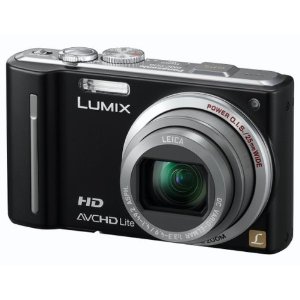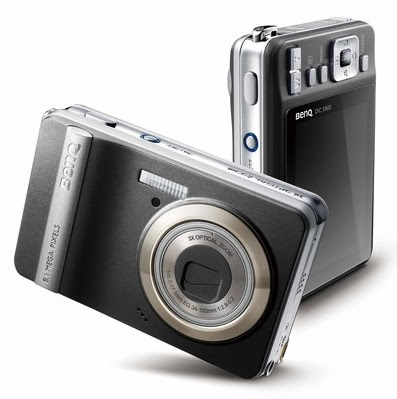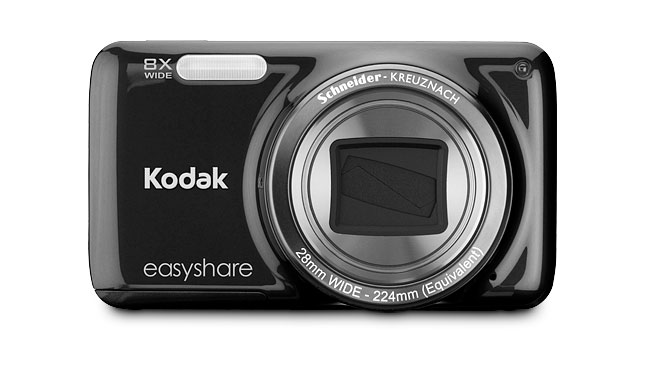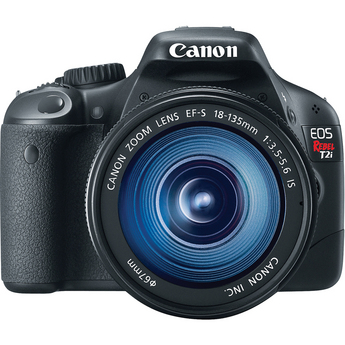
The camera starts from a similar device known as the Camera Obscura which is a box that has not been equipped with cameras to capture images of the film or shadow. In the 16th century Girolamo Cardano complement the camera obscura with a lens on the front of the camera obscura. However, the image produced was not durable, so the discovery of Girolamo has not been considered as the world of photography. In 1727 Johann Scultze in his research found that the highly sensitive silver-sodium to ray light, but he has not invented the concept of how to move ideas forward. In 1826, Joseph Niepce Nicepore publishes pictures of the image produced camera, a blurred picture of the rooftops on a mixture of tin plate which was then known as the first photo.
Then, in 1839, Louis Daguerre published his findings in the form of images produced from the shadow of a street in Paris on a silver coated copper plate. Daguerre who in 1829 entered into partnership with Niepce camera continuing development program, although Niepce died in 1833, developed a camera that is known as a daguerreotype camera which is considered practical in the world of photography, where in return for its findings, the French Government to give a gift to a pension for life Daguerre and Niepce family. Daguerreotype camera developed into a camera that is developed now.


Digital camera is a tool to create images of objects for further refracted through the lens to the CCD sensor (there is also the sensor CMOS) and the results were recorded in digital format to the digital storage media. Because the results are stored digitally record the results of these images must be processed using the digital processing is also a kind of computer or printing machines data read the digital storage media. The ease of digital cameras is the image that was quickly known to result in an instant, ease of transfer results (transfer), and editing the color, sharpness, brightness and size that can be done with relatively easier than the manual camera.

Connectivity
Digital cameras store the data using a memory card. Until now there are 43 types of memory cards, the most famous are usually known as the CF (Compact Flash) and SD (Secure Digital Card) which is a newer generation of MMC or Multimedia Card. Files that are stored can vary the type, can be JPEG, GIF, TIFF, etc.. Usually this type of images that are stored in digital cameras is calculated based on the number of pixels. Most digital cameras connected to a computer via USB, although there are some who use firewire. Some gadgets, such as mobile phones and PDAs have a digital camera attached.









 Types of film
Types of film









 Viewfinder plays an important role in the preparation of photographic composition. Expert photographer will usually prefer a viewfinder with good quality and able to give an accurate picture of what will be printed. The division of the camera viewfinder based on technology:
Viewfinder plays an important role in the preparation of photographic composition. Expert photographer will usually prefer a viewfinder with good quality and able to give an accurate picture of what will be printed. The division of the camera viewfinder based on technology:







 LCD display: LCD Display (LCD display) is a small screen on a digital camera is useful to see what kind of shooting that was captured by the CCD sensor. Results are shown on the LCD screen is more accurate than the results expected in conventional cameras are often different.
LCD display: LCD Display (LCD display) is a small screen on a digital camera is useful to see what kind of shooting that was captured by the CCD sensor. Results are shown on the LCD screen is more accurate than the results expected in conventional cameras are often different.






